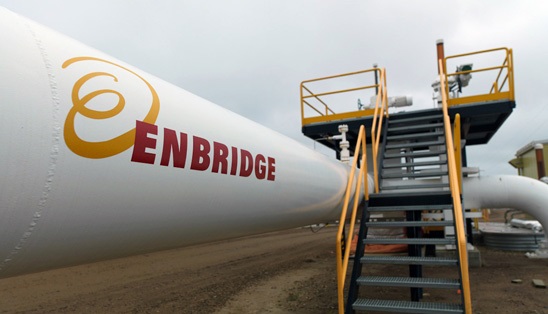As we look ahead to our ninth GII Summit (Dubai, February 2024), this collection of articles highlights the opportunity to capitalize on the energy transition, which entails improving capital productivity, building new clean-energy assets, and hyperscaling the growth potential of key technologies.
- We begin with how the role of infrastructure CEO is also changing. McKinsey spoke to David Cowan, Greg Stanmore, and Hugh Thorneycroft, infrastructure experts at executive search firm Spencer Stuart, to discuss the how the role of the infrastructure CEO is evolving, the challenges those CEOs face, and the range of leadership qualities and capabilities they need in today’s environment.
- Improving capital productivity will be critical to making the most of this investment. On this point, project costs can be fundamentally reconsidered to accelerate development. However, the industry faces challenges related to adapting to climate technology advancements and shifting stakeholder and societal expectations as well as reducing capital expenditure costs while accelerating project timelines.
- Effective hyperscaling—or large-scale and repeatable new-asset development—may help increase the growth potential of technologies required by the energy transition, including hydrogen, batteries, and carbon capture. The “plant as a product” approach, which uses manufacturing methodology to help companies quickly scale green capital expenditures and make construction projects repeatable, may help owners and builders deliver these projects more affordably and efficiently.
- In a preview of the 2024 Global Private Markets Review, set to be published in March, the outlook for 2024 will depend on players’ response to a shift in the decade-long status quo of low and falling interest rates and consistently expanding multiples. A slower era for private markets will still be marked by considerable change.
- Delivery of capital investments poses significant challenges. In fact, many projects do not meet their authorized schedules, and cost overruns often exceed initial estimates. Successfully scaling delivery of green capital expenditures will likely entail controlling cost and time budgets as well as embarking on cost ramp-down curves, similar to those seen in batteries, solar, and wind.
- Clean-energy assets and their enabling infrastructure play a critical role in meeting climate targets, particularly as they relate to modernizing the electric grid, integrating distributed storage resources, and continuing to build out electric-vehicle charging infrastructure. Attracting private capital is key, and our research shows that the total annual cost of new physical assets for clean energy and enabling infrastructure could reach $6.5 trillion per year by 2050, the majority of which will likely be driven by net-zero pledges and sector-specific transitions. In particular, electricity grids are undergoing rapid and profound change to respond to increased climate risks, inspiring grid planners to reimagine their processes and rethink longstanding paradigms for measuring and managing performance.
- We also take a look at how AI is changing buildings and real estate—specifically, how a combination of machine learning, AI, and physics-based modeling can help real estate portfolio owners identify building decarbonization opportunities. And a McKinsey Quarterly article details how generative AI can help the industry streamline leasing documentation; improve customer engagement; create new revenue streams; and make faster, more precise investment decisions, among other uses.
We hope you find this issue of Voices insightful as it relates to your ongoing conversations about capitalizing on the energy transition.




